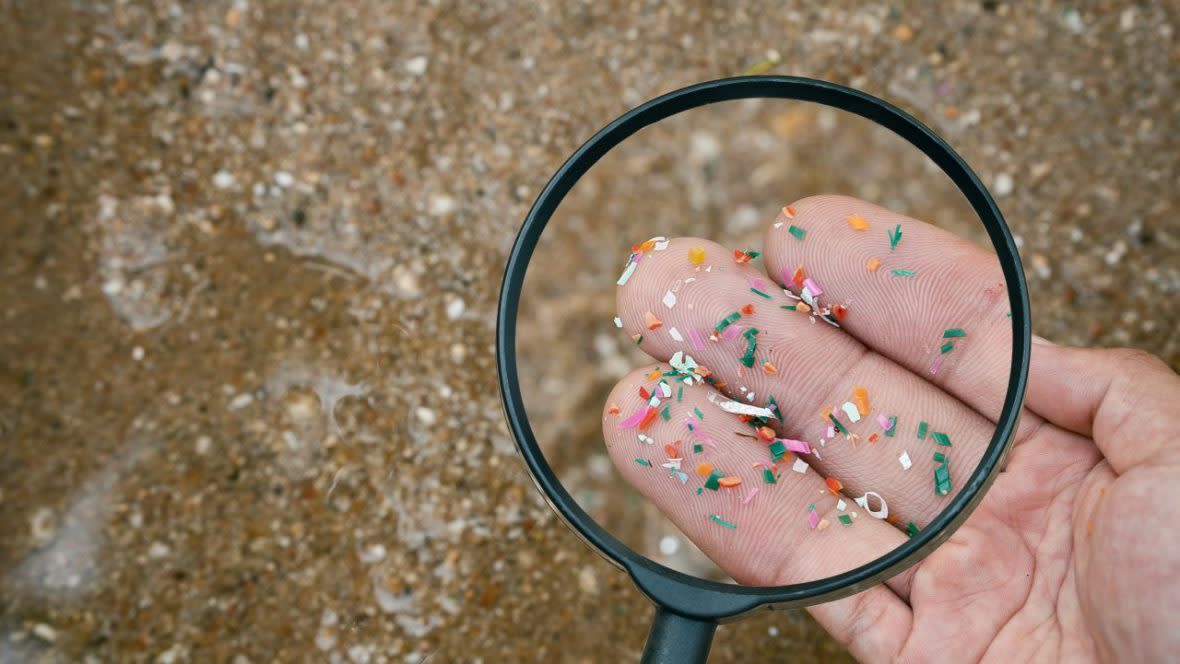Study finds microplastics in every male subject’s reproductive organs

Microplastics are tiny particles that result from the breakdown of larger plastic waste or are manufactured for use in products such as cosmetics and industrial applications.
A recent study found microplastics in every human testicle examined, raising significant concerns about the impact on the male reproductive system.
People magazine reported that the study, published in Toxicological Sciences, showed microplastics were present in all tissue samples from the testicles of both humans and canines, suggesting “potential consequences on male fertility.”
The most prevalent kind of plastic discovered was polyethylene, used in bottles and bags. Second was PVC, which study co-author and University of New Mexico professor Xiaozhong Yu noted can release many chemicals that interfere with spermatogenesis and contain chemicals that cause endocrine disruption.
“At the beginning, I doubted whether microplastics could penetrate the reproductive system,” Yu told The Guardian. “When I first received the results for dogs, I was surprised. I was even more surprised when I received the results for humans.”
Recommended Stories
Frontline communities of color fighting for environmental justice won’t wait on Biden much longer
Reduce, reuse, Rebundle — the hair company combining sustainability and beauty
Haitians scramble to survive, seeking food, water and safety as gang violence chokes the capital
Lauren Wesley Wilson’s ‘What Do You Need?’ helps Black women ask for what they deserve at work
NYC mayor defends police response after videos show officers punching pro-Palestinian protesters
The study found almost three times as many microplastics in the 23 human testicle samples — collected in 2016 from men ages 16 to 88 — as the 47 canine samples. Yu noted that “the impact on the younger generation might be more concerning” since the environment currently contains more plastic than ever.
Microplastics are tiny particles, typically less than 5 millimeters in size, that result from the breakdown of larger plastic waste or are manufactured for use in products. They’re so small they can be ingested or even inhaled.
People magazine reported that a June 2023 study in U.S. News and World Report revealed that humans inhale the equivalent of a credit card-sized amount of microplastics per week.
Recent research also found plastic from bottles and bags in every human placenta studied. Another alarming study found that the average water bottle contains a quarter of a million pieces of plastic.
Dr. Ranjith Ramasamy, an expert in reproductive urology, told Business Insider that if microplastics are invading testicles, it’s a matter of extra concern.
“The only two organs in the human body that are protected spaces are the testes and the brain,” said Ramasamy. “I think we need to first study the question of how microplastics even got there in the first place.”
More must-reads:

